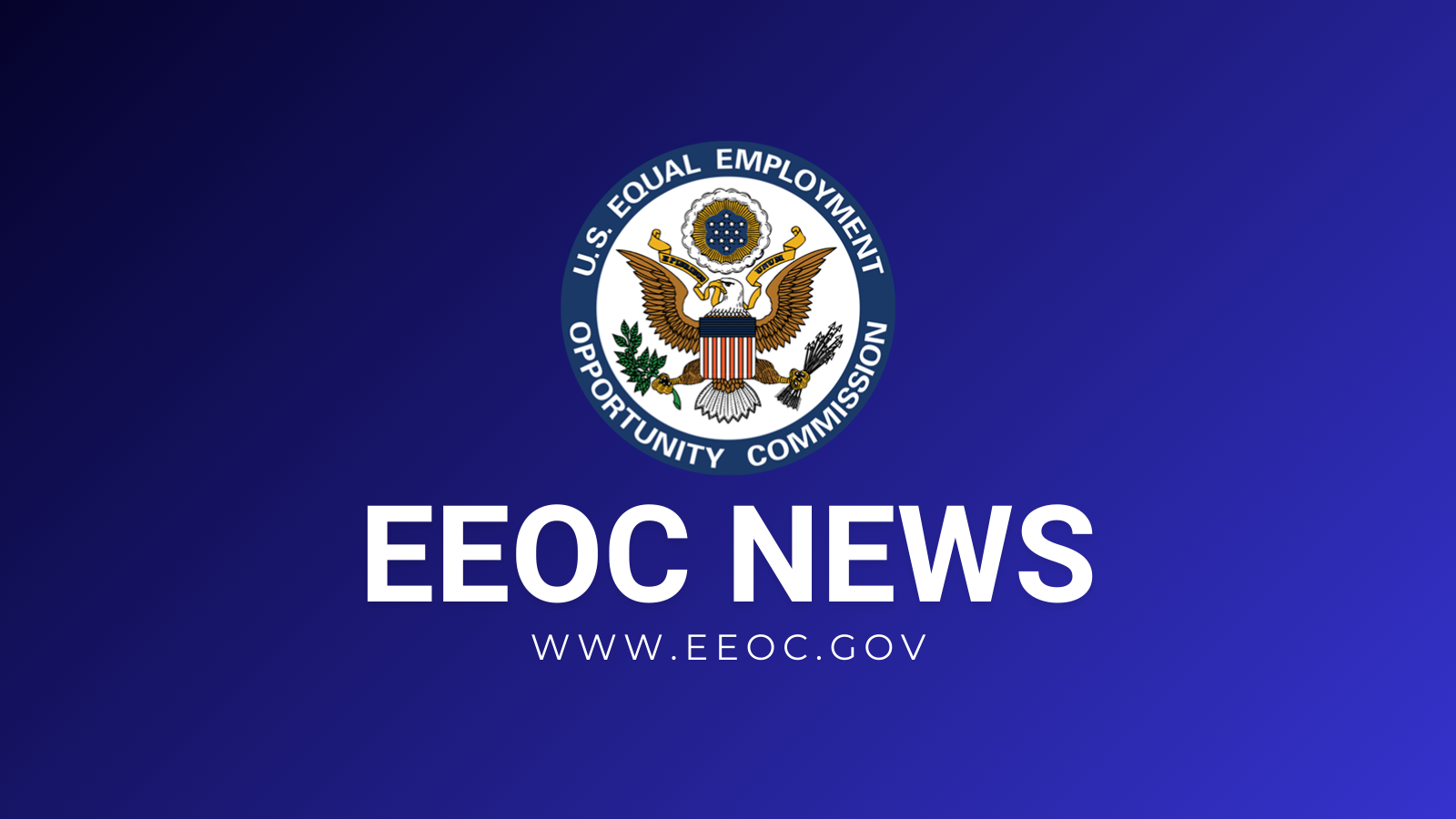How rising Medicare premiums could impact your 2026 Social Security check – CBS News

Report on Medicare Premium Increases and Sustainable Development Goal Implications
Executive Summary
An analysis of the 2026 Medicare Part B premium increase reveals significant challenges to the advancement of several United Nations Sustainable Development Goals (SDGs). The scheduled rise in healthcare costs for senior citizens directly impacts their financial stability, access to healthcare, and overall economic equality. This report outlines the specific implications for SDG 1 (No Poverty), SDG 3 (Good Health and Well-being), and SDG 10 (Reduced Inequalities).
- The 9.7% increase in Medicare Part B premiums will raise the monthly cost to $202.90.
- This increase disproportionately erodes the Social Security Cost-of-Living Adjustment (COLA), particularly for low-income beneficiaries.
- Rising out-of-pocket costs, including a higher deductible, may create barriers to essential medical services, undermining universal health coverage objectives.
- The financial strain exacerbates economic disparities among the elderly population, running counter to goals of reducing inequality.
Financial Impact on Senior Citizens and Alignment with SDG 1 (No Poverty)
The impending increase in Medicare premiums poses a direct threat to the economic security of millions of seniors, challenging the core objective of SDG 1 to end poverty in all its forms. The financial burden is projected to reduce the disposable income of a vulnerable population reliant on fixed incomes.
- Premium Increase: The monthly Part B premium will rise by $17.90, from $185 to $202.90.
- COLA Erosion: The 2.8% Social Security COLA, intended to offset inflation, will be substantially diminished. The premium hike consumes approximately one-third of the average benefit increase, reducing the effective COLA to 1.9%.
- Poverty Risk: For beneficiaries with lower monthly Social Security payments, the premium increase could negate the entire COLA, pushing them closer to or below the poverty line and undermining their financial resilience.
Barriers to Healthcare Access and SDG 3 (Good Health and Well-being)
The rising cost of Medicare undermines progress toward SDG 3, which aims to ensure healthy lives and promote well-being for all at all ages, including Target 3.8 on achieving universal health coverage. Increased out-of-pocket expenses can deter individuals from seeking timely and necessary medical care.
- Increased Deductible: The Part B deductible is set to increase by approximately 10%, from $257 to $283. This initial out-of-pocket cost must be met before coverage begins.
- Affordability Barrier: Higher premiums and deductibles may force seniors to make difficult choices between healthcare and other essential needs like food and housing.
- Health Outcomes: Delayed or forgone medical care due to cost concerns can lead to poorer health outcomes, increased emergency room visits, and higher long-term healthcare system costs, directly conflicting with the goals of SDG 3.
Exacerbation of Economic Disparities and SDG 10 (Reduced Inequalities)
The structure of the premium increase exacerbates economic inequality among the elderly, a direct contradiction to the aims of SDG 10. A uniform dollar increase has a disproportionately negative effect on those with the lowest incomes.
- Regressive Impact: The $17.90 monthly increase represents a larger percentage of income for low-income seniors compared to their wealthier counterparts.
- Widening Gap: Analysis indicates that individuals with lower Social Security benefits may see an effective COLA of zero, while higher-income beneficiaries still retain a portion of the adjustment. This widens the economic gap within the senior population.
- Systemic Inequality: The issue reflects a broader trend of rising healthcare costs across the United States, including for those on Affordable Care Act (ACA) and employer-sponsored plans, highlighting a systemic challenge to achieving equitable economic outcomes.
-
SDGs Addressed in the Article
The article highlights issues that are directly connected to several Sustainable Development Goals, primarily focusing on health, poverty, and inequality among the elderly population in the United States.
-
SDG 1: No Poverty
The article addresses the financial strain on seniors, a vulnerable population group. The increase in Medicare premiums directly reduces the disposable income of Social Security recipients, potentially pushing those with low or fixed incomes closer to poverty. The text states that the premium hike will “erode next year’s cost-of-living increase” and that for many who “rely on [Social Security] for all or most of their income,” this increase “is gonna hurt.”
-
SDG 3: Good Health and Well-being
This goal is central to the article, which focuses on the affordability and accessibility of healthcare services. The rising costs of Medicare Part B premiums and deductibles create financial barriers to essential outpatient services for seniors. The article notes the “projected growth in overall health care spending” as a key driver, impacting the ability of individuals to afford care and maintain their health.
-
SDG 10: Reduced Inequalities
The article implicitly discusses inequality by pointing out that the financial burden of rising healthcare costs does not affect all seniors equally. It highlights that “People with lower monthly benefits could even see an effective COLA of zero,” indicating that the policy change disproportionately harms lower-income individuals, thereby widening the economic gap within the elderly population.
-
-
Specific SDG Targets Identified
Based on the article’s content, the following specific SDG targets can be identified:
-
Target 1.3: Implement nationally appropriate social protection systems and measures for all, including floors, and by 2030 achieve substantial coverage of the poor and the vulnerable.
The article directly discusses two major U.S. social protection systems: Social Security and Medicare. The analysis of how Medicare premium hikes affect Social Security benefits is a clear examination of the effectiveness of these systems in protecting a vulnerable group (seniors) from financial hardship.
-
Target 3.8: Achieve universal health coverage, including financial risk protection, access to quality essential health-care services and access to safe, effective, quality and affordable essential medicines and vaccines for all.
The core theme of the article is the challenge to “financial risk protection” and “affordable” healthcare. The increase in the Medicare Part B premium to “$202.90” and the deductible to “$283” represents a direct increase in out-of-pocket expenses for seniors, which can limit their access to necessary care.
-
Target 10.4: Adopt policies, especially fiscal, wage and social protection policies, and progressively achieve greater equality.
The article critiques how a specific social protection policy—the formula-based adjustment of Medicare premiums—is impacting income equality. The fact that the increase consumes a larger proportion of the income of lower-benefit recipients demonstrates how such policies can inadvertently lead to greater inequality rather than reducing it.
-
-
Indicators for Measuring Progress
While the article does not mention official SDG indicators by name, it provides specific data points that can serve as or align with indicators for measuring progress toward the identified targets.
-
Indicators related to Target 1.3 (Social Protection)
- Proportion of social security benefits consumed by healthcare costs: The article provides the data to calculate this. It states the Medicare premium hike of $17.90 will “consume about a third of next year’s COLA,” which is set to boost the average paycheck by $56. This measures the erosion of social protection income by essential service costs.
-
Indicators related to Target 3.8 (Universal Health Coverage)
- Rate of increase in out-of-pocket health expenditures: The article explicitly states that “Americans spent an average of $1,514 on out-of-pocket health care costs, an increase of 9% from 2020.” This directly measures the growing financial burden of healthcare on individuals.
- Health insurance premium and deductible rates: The article provides precise figures, such as the Medicare Part B premium rising 9.7% to “$202.90” and the deductible rising about 10% to “$283.” These figures are direct measures of healthcare affordability.
-
Indicators related to Target 10.4 (Reduced Inequalities)
- Differential impact of policy changes on income groups: The article implies this indicator by noting that “People with lower monthly benefits could even see an effective COLA of zero.” This highlights the unequal outcome of the premium increase and can be used to measure whether social protection policies are exacerbating or reducing inequality.
-
-
Summary of SDGs, Targets, and Indicators
SDGs Targets Indicators (Mentioned or Implied in the Article) SDG 1: No Poverty 1.3: Implement nationally appropriate social protection systems for all, including the poor and the vulnerable. Proportion of Social Security cost-of-living adjustment (COLA) consumed by Medicare premium increases (stated as “about a third”). SDG 3: Good Health and Well-being 3.8: Achieve universal health coverage, including financial risk protection and access to affordable essential health-care services. - Percentage increase in Medicare Part B premiums (9.7%).
- Average out-of-pocket healthcare costs per person ($1,514 in 2023, a 9% increase from 2020).
- Increase in the Medicare Part B deductible (rising to $283).
SDG 10: Reduced Inequalities 10.4: Adopt policies, especially social protection policies, and progressively achieve greater equality. The effective COLA for Social Security recipients after the premium deduction, noting the disproportionate impact where lower-income individuals could see an “effective COLA of zero.”
Source: cbsnews.com
What is Your Reaction?
 Like
0
Like
0
 Dislike
0
Dislike
0
 Love
0
Love
0
 Funny
0
Funny
0
 Angry
0
Angry
0
 Sad
0
Sad
0
 Wow
0
Wow
0




















































.jpg.webp?itok=0ZsAnae9#)


























